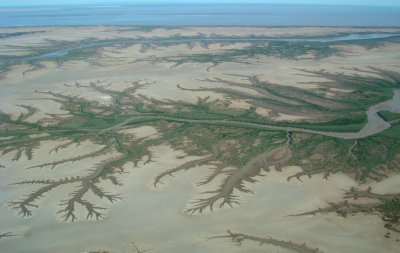
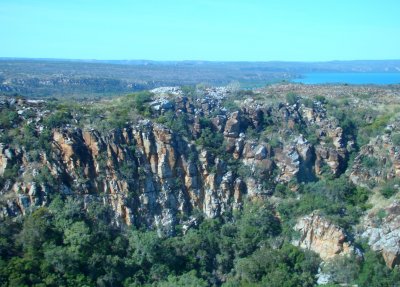
The map below has an onscreen zoom function. Position your cursor over the map - then click on the "+" & "-" symbols on the left to zoom and un-zoom. Try the satellite view as well.
Function Key F11 will expand to full screen for better viewing
20th June,


This was an amazing day. We took a seaplane from Derby over some "real Kimberley" landscape and saw some of the greatest views imaginable. The picture on the left shows the delicate patterns created when water gravitates into larger and larger streams and eventually forms rivers. The picture on the right is a typical beautiful but rugged Kimberley scene.
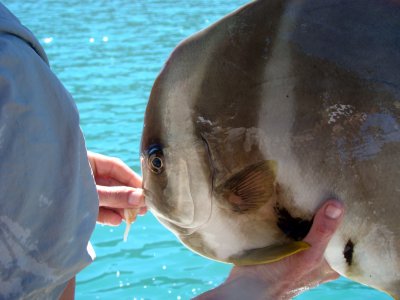
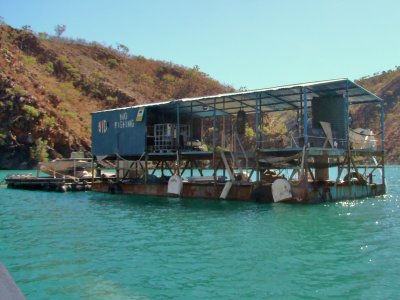
Believe it or not - our tour guide (Ben) has an amazing ability to pick up fish from the ocean, feed them, and put them back into the water (left) - why don't you try it?
But then he is a bit different - this is his home (right).
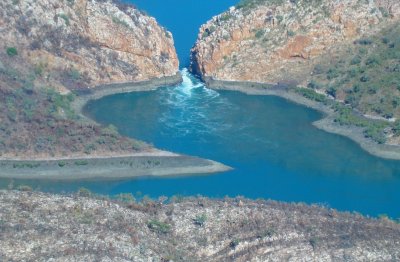
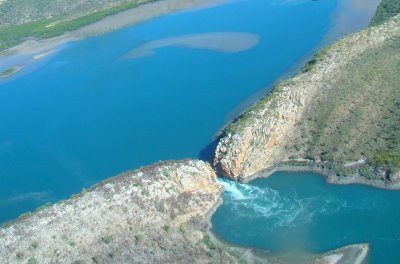
Our first view of the Horizontal Waterfalls was from two kilometers away in the air (left & right). As the huge tides in this area rise and fall, the water flows into and then out of a mini inland sea.
The water level drops as much as two meters as it moves through the gap in the rock. There are two of them.

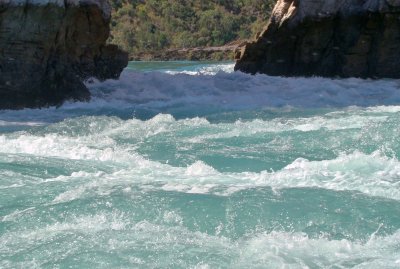
At the "waterfall" the depth of the water is close to 40 metres. Our ride in a 600 horse power boat took us up and down both the waterfalls several times. This ride was exciting but also made us realize the immense amount of water moving back and forth.
22nd June.
Cape Leveque...
It was the start of another big day when the tour bus [really a truck with seats] picked us up at 7:00 am. The drive to Cape Leveque on the Dampier Peninsula was something of an endurance rally. Two hours of the trip was on a corrugated dirt road and the rest on a fairly good sealed road. To top it all off, the tour guide was a political fanatic and we had to endure his rantings for too much of the long drive. Fortunately the three and a half hour drive was broken for morning tea at the Beagle Bay Aboriginal Community where the rather impressive Sacred Heart Church still stands "in all it's glory" (built in 1917).
At the Ardyaloon Trochus Hatchery situated at One Arm Point, Connie learnt that sea cucumbers squirt water (lower right), and I learnt that fifteen tons of the Trochus shell (lower left) is gathered annually from the local reefs and exported to Italy to be made into mother of pearl buttons and jewellery.
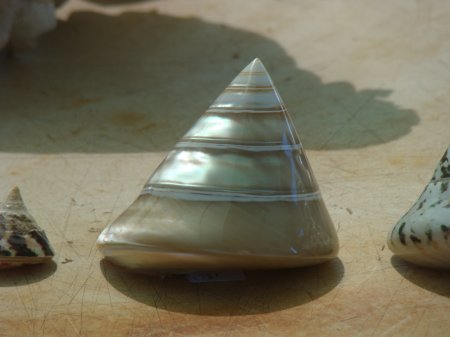
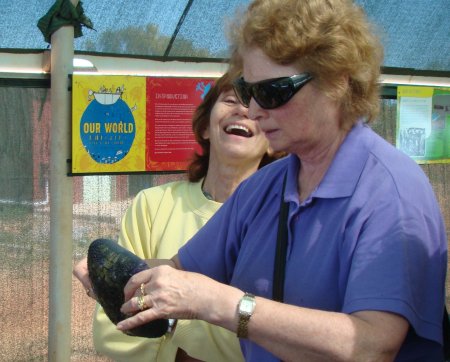
However, we were told that Indonesian thieves are known to steal the shell with up to 15 tons being stolen in each boat load.
If and when the Indonesian thieves are caught, the master of the vessel is imprisoned, his crew sent home and his boat destroyed - that sounds fair!
However, I was disappointed to learn that Australia spends money (presumeably taxpayers money) breeding and replacing this shell fish (this of course makes it more attractive to the thieves). Note that one Indonesian boat trip removes one years productivity for our industry!
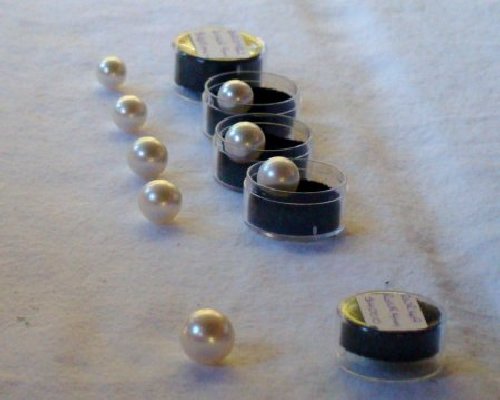
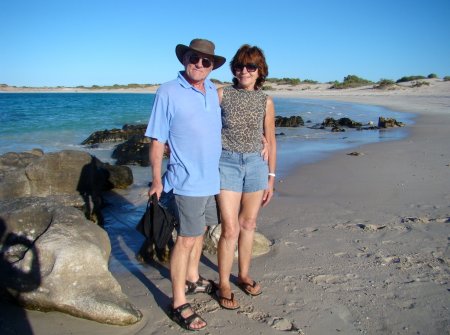
Cygnet Bay is the home of an oyster pearling industry where we learnt a little about the pearls and how they are encouraged to grow. They looked deliciously expensive... we preferred to walk on the beach.
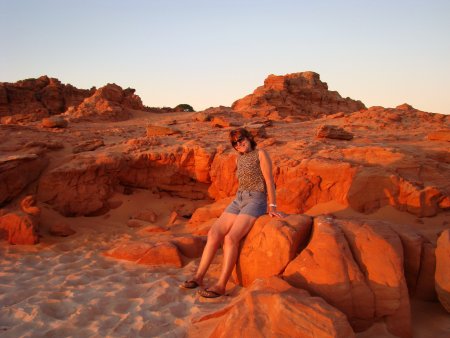
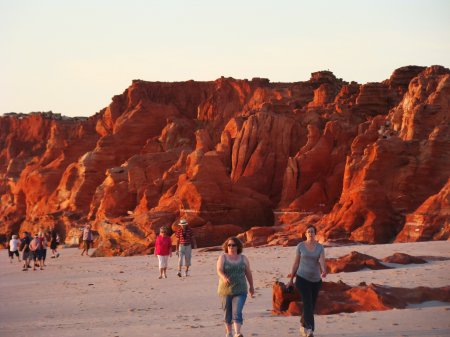
Finally, before setting off for the bone shaking ride home in the dark - we watched the most amazing sunset from the western beach at Cape Leveque.
The magic was in the colour of the rocks which were exactly as you see them in these pics (left and right).
< Part 8 > Heading back across Australia.
< choose another part of the 2011 trip >
< choose the trip from another year >